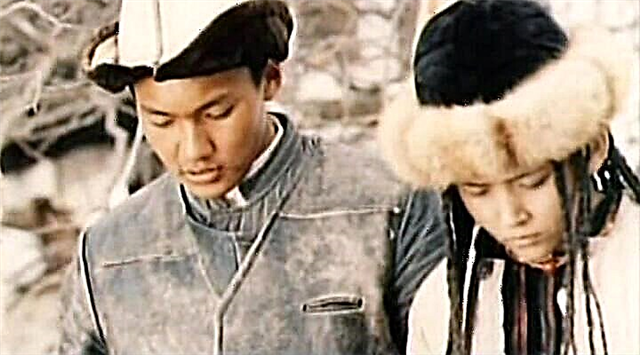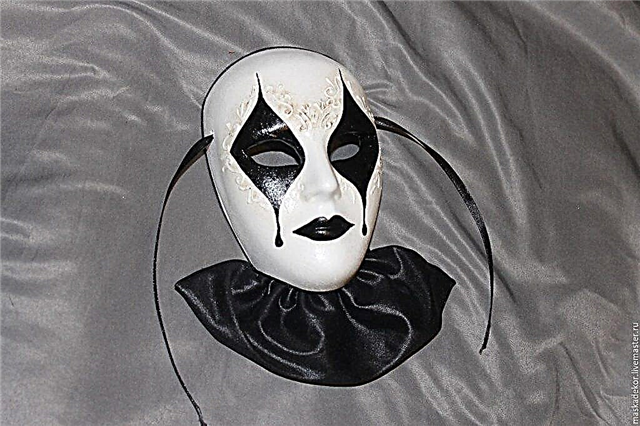Boris Leonidovich Pasternak is a very controversial figure in the history of world literature, but he is undeniably a great Russian writer and poet, a recognized master of speech, and, in addition, one of the five Russian writers and Nobel Prize winners. The gold fund of Russian literature includes many of his works.
History of creation
The poem "July" is framed in 1956, which is considered the period of the late work of Boris Leonidovich, when he permanently lived in Peredelkino. Worked, one might say, among the forest. In the writer's village, however, only half an hour from Moscow. He had a literary dacha with a garden where he could work, not for food, but only to calm his soul. Pasternak has two families at the same time, which, surprisingly, are even located in the neighborhood. He spends time with his “girlfriend”, but he prefers to work in the comfort of his usual office, getting along well in both families.
A happy time for Pasternak, perhaps even the happiest in his life. But at the same time, it is inevitable for a decent person to feel guilty before family people. However, all this in the complex is beneficial to creativity. In 1956 alone, a little less than forty poems were written. Among them there is nothing patriotic. But beautiful verses are born.
Genre, direction and size
- The genre of the work is a lyric poem;
- The direction is symbolism.
The poem “July” was written using a cross-rhyme and not the most common poem size: a four-foot iamba, compositionally consists of 7 stanzas, divided into 2 parts, the first of which is close in its content and structure to a riddle - one of the well-known kinds of folklore.
The combination of inaccurate and non-standard rhymes gives the poem some carelessness and lightness. You could even say - creates a mischievous mood. Thanks to a special, unusual rhyme, the poem acquires a well-felt musicality.
Composition
In the first part of the poem, consisting of 4 quatrains, the author tries to intrigue the reader with the help of ambiguous and mysterious lines. The reader does not yet understand who the work is about. Someone or something, possibly a ghost, or a brownie is sneaking around the house without the permission of the owners and is engaged in petty pranks. As mentioned above, the poet resorts to the use of riddles. But then, in the second part, closer to the middle of the poem (more precisely, exactly in the middle, you can count by the lines) the reader sees that it is about July.
In addition, the author explains that July is not just a “casual passerby” who wandered into an already occupied house. He is shown as a tenant of an already occupied cottage, to which the owners are renting their house for temporary use. The work ends with a more detailed description of the main character, without the use of riddles confusing the reader.
Images and Symbols
The hero of the story is the summer month. The author uses the detailed personifications to describe the main character of the story in order to “humanize” him, this is the originality and peculiarity of poetic images in the poem.
The summer month is shown in the form of a “summer resident vacationer”, who disposes of the house at his own discretion. He is too frivolous, a little sloppy, can not help but play a trick on other residents. In addition, in the work the image of the owner of the dacha is constantly present, where July is mocking. However, the owner is not worried because of his unusual neighbor. On the contrary, he is glad of him with understanding, light irony and, perhaps, even tenderness towards a new, albeit temporary, tenant.
Themes and mood
The main and forever favorite topic of the poet is the inextricable connection of man and nature, their unity. July is a great example of landscape lyrics. The author does not cease to admire the originality and magnificence of one of the most pleasant months of the year, in his opinion, and he manages to share his admiration with the reader.
In this poem, nature tries to compel the reader to postpone, even if only for a while, all his affairs and to help the prankster-July in his cheerful amusements. Another important theme of Pasternak’s work is his mood: the joy of life itself and the feeling of gratitude to it.
Idea
The main idea of the poem is the happiness of its author. The meaning of the work becomes clear when during the reading there is a feeling that nothing can stop him from creating. He is completely free, only a light breeze, rain, thunderstorm and fluff of dandelions slightly distract him from creativity. But this small distraction is pleasant and not annoying at all. The writer, by tacit consent and goodwill, “handed over” the whole house to the annoying summer month and is happy to watch how the beautiful July days flow.
The poem teaches the reader to notice the beauty of nature and be able to pay tribute to it. This skill is the key to his spiritual harmony and creative power.
Means of artistic expression
In this work, the image of July is created primarily by personifications. The reader observes a mischievous person, even a bully, who appears to be a summer month endowed with human features. The character of July seems lively, including due to the fact that Pasternak added colloquial vocabulary and vernacular expressions. The poet brings a variety of paths to the poem: comparisons (“And with a curtain, like with a dancer”), inversion (“July meadow air”), etc. At the same time, the text contains practically no epithets, the most common path in Russian literature. This fact once again emphasizes the originality of the author.
Over the years, Boris Pasternak has for the most part changed his attitude towards literature. He practically stopped using the techniques of futurism that he loved in his youth. But, apparently, it is impossible to completely change the structure of the composition, because in some later works the features of the described direction still appear. Over time, the poet remains faithful to his basic ideas: the animation of objects and phenomena. And this only helps the works to find an unusual metaphor and, perhaps even more important, a special imagery.


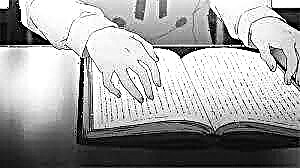
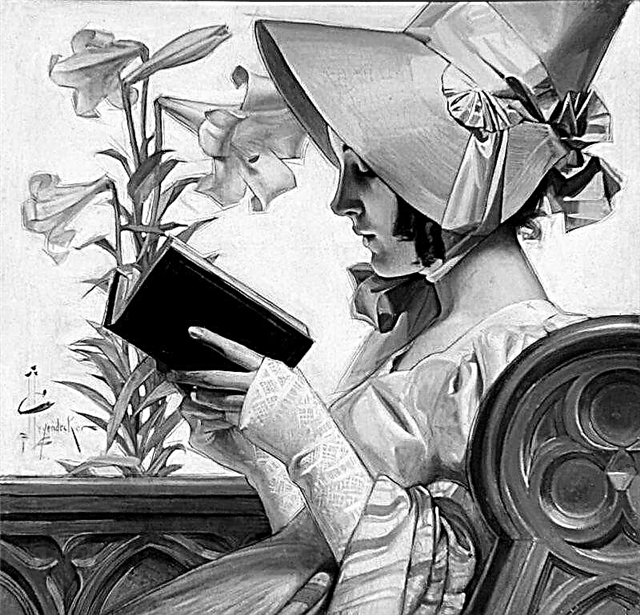
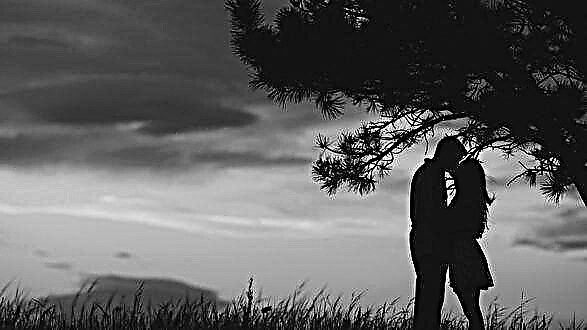

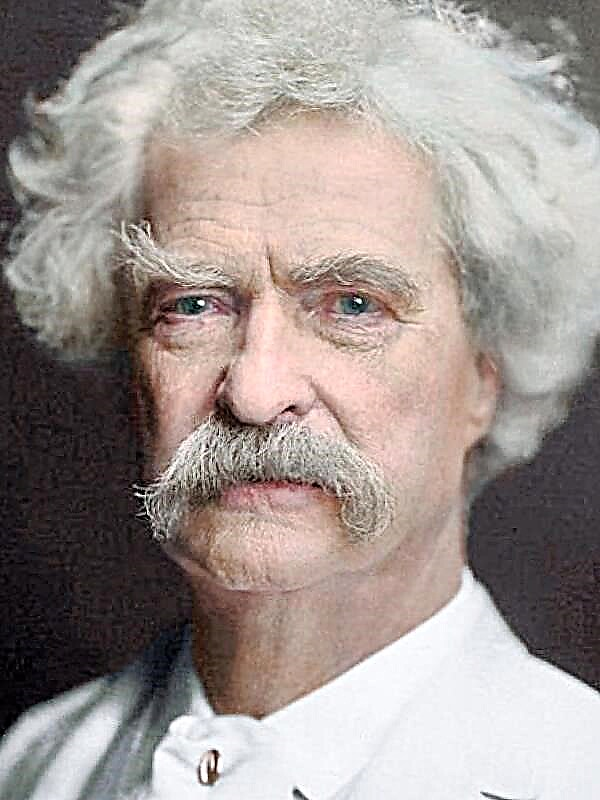
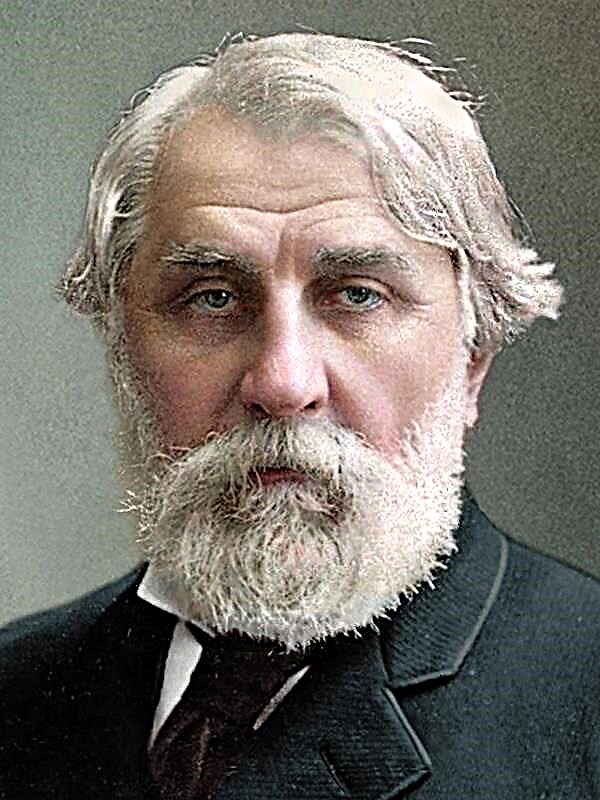 After death
After death
